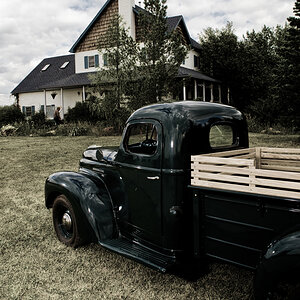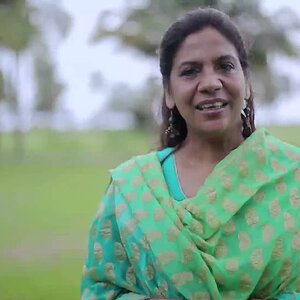Designer
Been spending a lot of time on here!
- Joined
- Apr 13, 2012
- Messages
- 18,505
- Reaction score
- 4,853
- Location
- Iowa
- Can others edit my Photos
- Photos OK to edit
A prospective purchaser might want to ask if it is switchable. To turn it off when mounted on a tripod, for instance, or at any other time the shooter doesn't want IS.One thing that the Nikon sports that’s missing from the Fuji, tho, is IBIS, which is a big deal.
Oh, who am I kidding? That function is reserved for professional grade cameras.






![[No title]](/data/xfmg/thumbnail/35/35597-714b74cc48992e5353856abfe325df68.jpg?1619737065)






